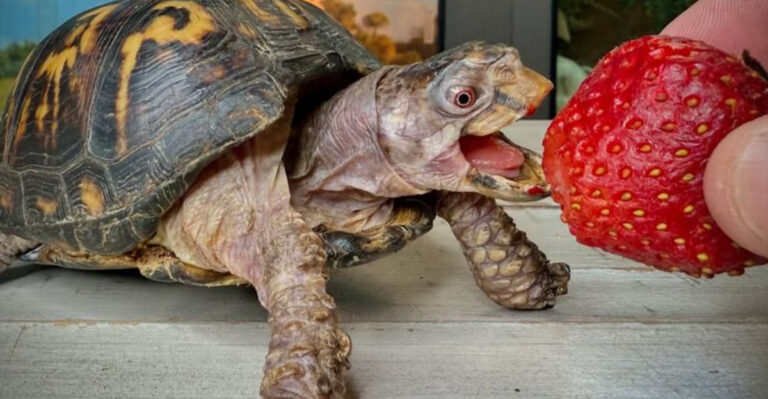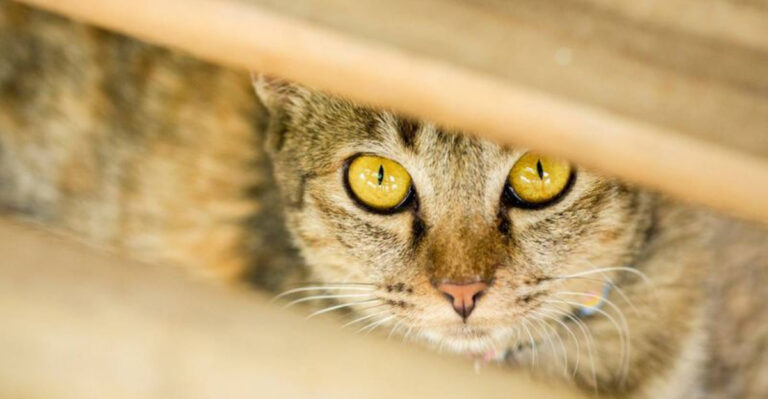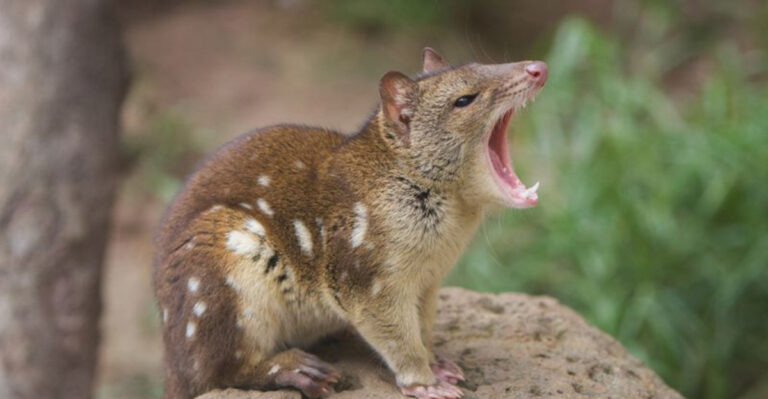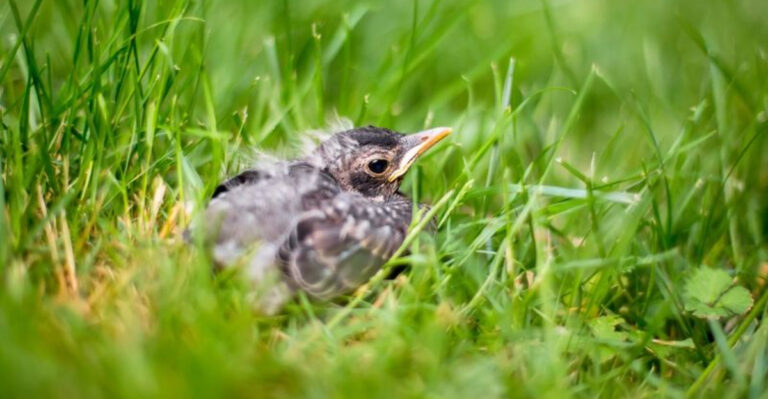How To Tell If That Butterfly In Your Yard Is A Hackberry Emperor
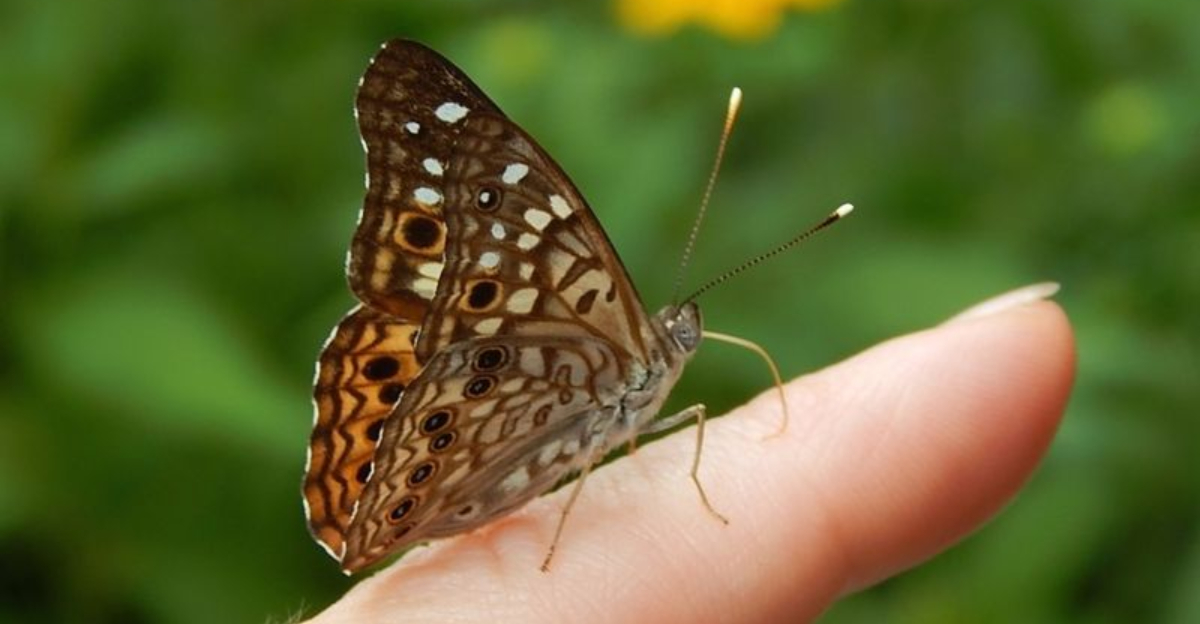
Ever spotted a butterfly in your yard and wondered if it’s a Hackberry Emperor? These fascinating creatures have unique traits that set them apart from other butterflies.
Spotting one is exciting because they’re known for their curious behavior and distinctive appearance. With these simple clues, you’ll become a backyard butterfly expert in no time!
1. Look For A Tawny-Brown Background Color
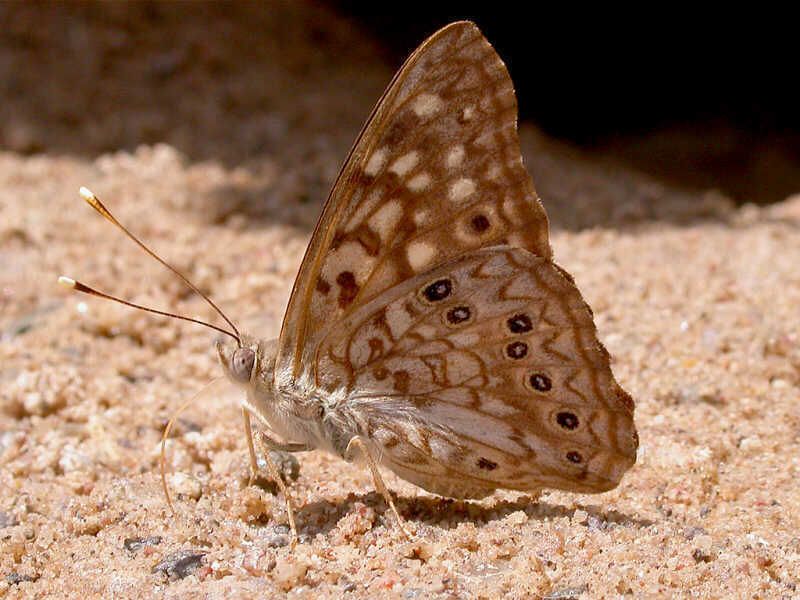
The Hackberry Emperor’s wings showcase a beautiful tawny-brown base color that resembles autumn leaves. This earthy hue helps them blend perfectly with tree bark when resting.
Unlike the vibrant oranges of Monarchs or the striking blues of Morphos, these butterflies prefer subtle elegance. Their coloration serves as excellent camouflage against predators in woodland settings.
2. Notice The Distinct Black Eyespots On The Hindwings
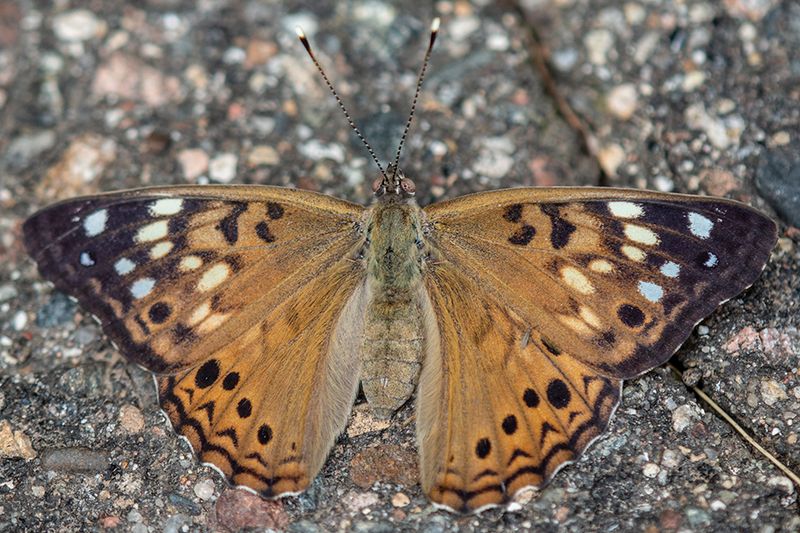
Two bold black eyespots decorate each hindwing, creating a striking pattern when the butterfly opens its wings. These false eyes aren’t just for show—they serve as a clever defense mechanism.
When predators approach, these spots draw attention away from the butterfly’s vulnerable body. Birds often mistake these markings for the eyes of a larger animal and flee instead of attacking.
3. Check For White Spots Near The Wingtips
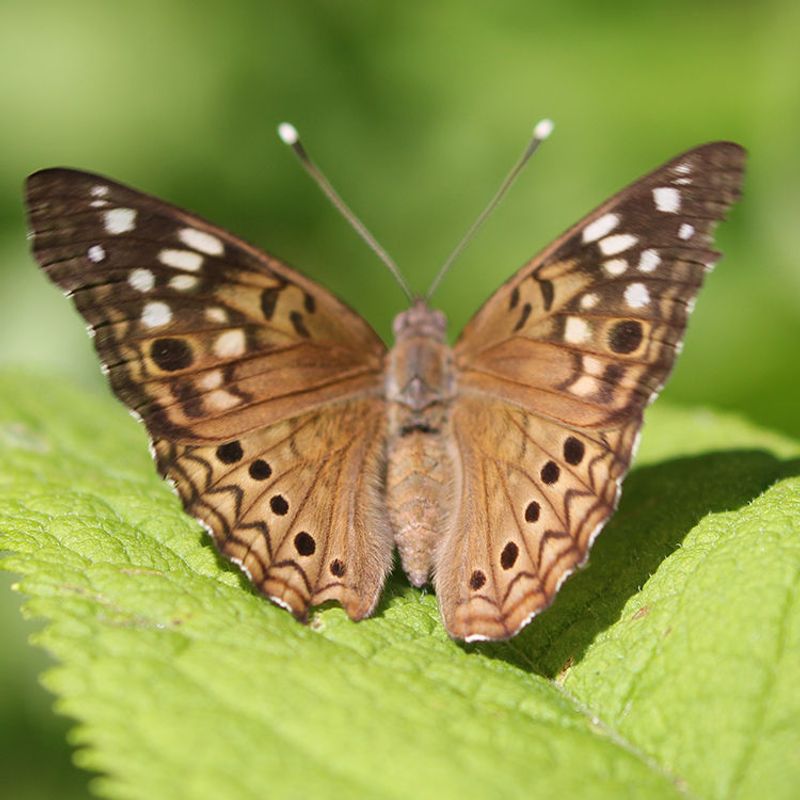
Small white spots form a gentle arc near the edges of the forewings—a telltale identification marker of the Hackberry Emperor. These bright dots stand out against the brown background like tiny stars.
Count yourself lucky if you spot this pattern! The arrangement is quite distinctive and helps distinguish this species from similar-looking butterflies like the Tawny Emperor or the Question Mark.
4. See The Irregular Dark Lines Across The Wings
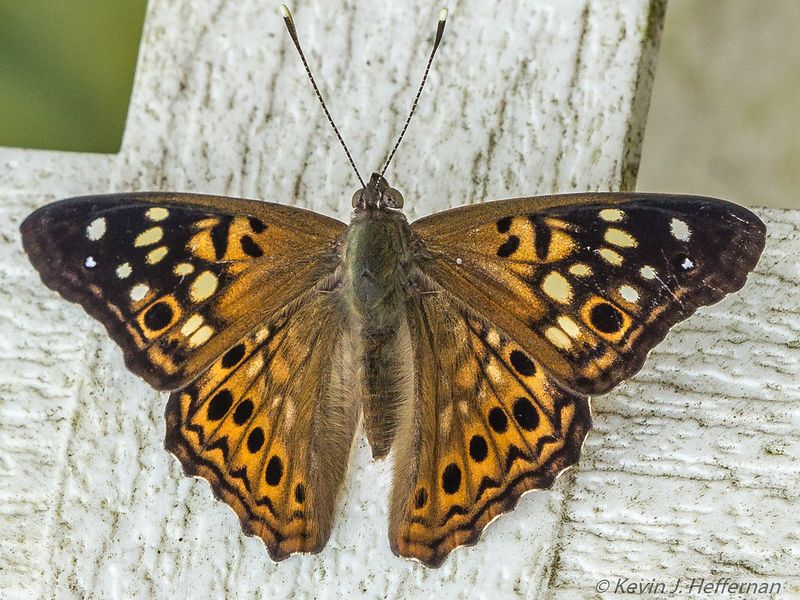
Wavy dark brown lines create a marbled pattern across both sets of wings. This intricate network resembles the veins in a leaf or tiny flowing rivers on a map. No two Hackberry Emperors have identical patterns, making each one uniquely beautiful.
When sunlight hits these markings just right, the contrast becomes even more pronounced, creating a stunning natural mosaic effect.
5. Underside Is Pale With Vivid Eyespots
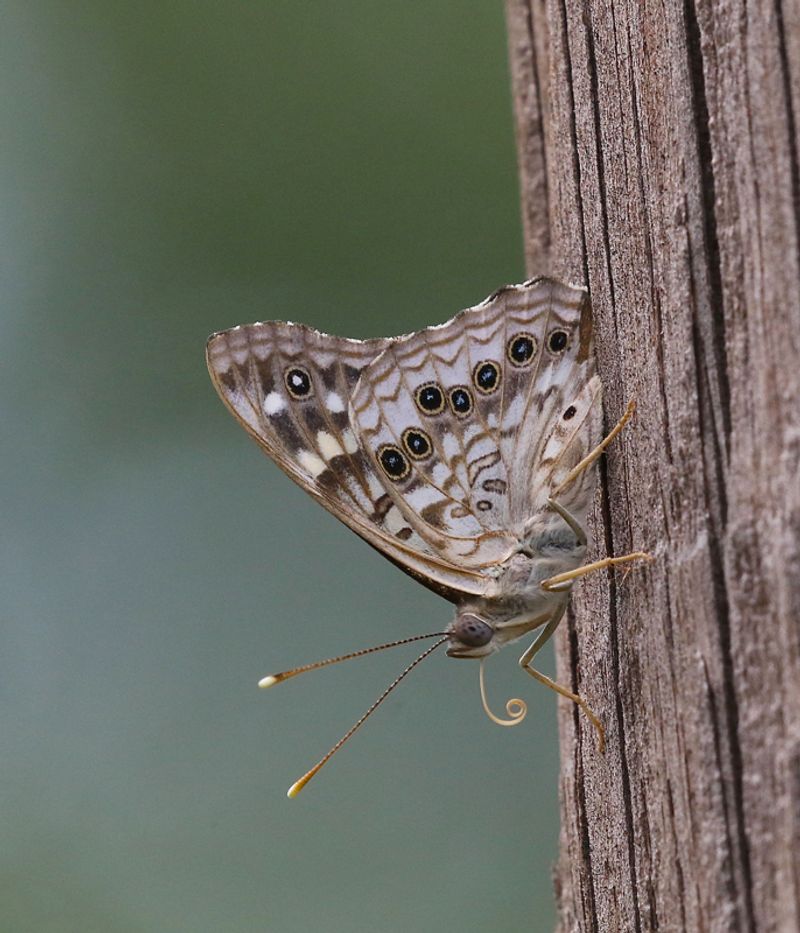
Flip the perspective and you’ll discover the Hackberry Emperor’s secret: a pale grayish-tan underside adorned with more pronounced eyespots. This side often displays a subtle silvery sheen that catches the light beautifully.
When the butterfly closes its wings while resting, this paler pattern helps it vanish against tree bark. Many observers miss identifying these butterflies simply because they’re so well-camouflaged when at rest.
6. Medium-Sized Compared To Other Butterflies
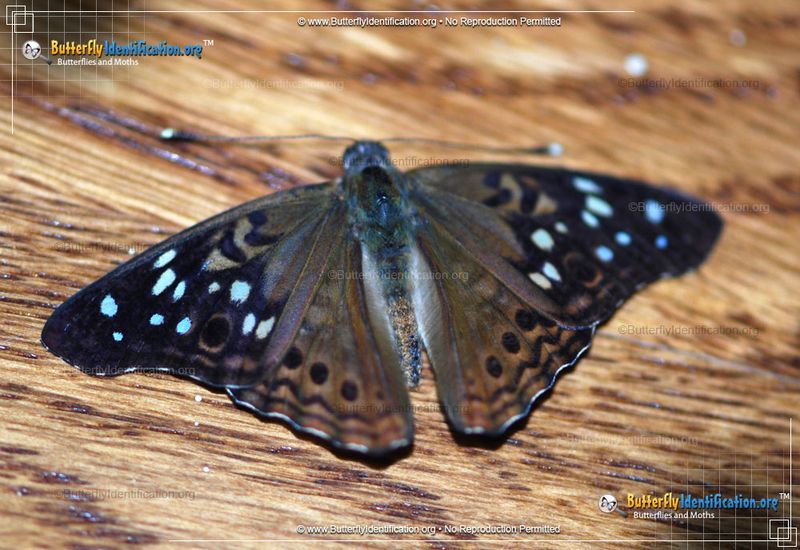
Size matters when identifying butterflies! The Hackberry Emperor spans between 2 to 2.6 inches across—placing it squarely in the medium category. They’re noticeably larger than tiny skippers but won’t reach the impressive wingspan of a Monarch.
Their proportions are perfect for their lifestyle, allowing them to be agile fliers while maintaining enough presence to defend territory. Watch them dart between trees with remarkable speed despite their moderate size.
7. Found Near Hackberry Trees
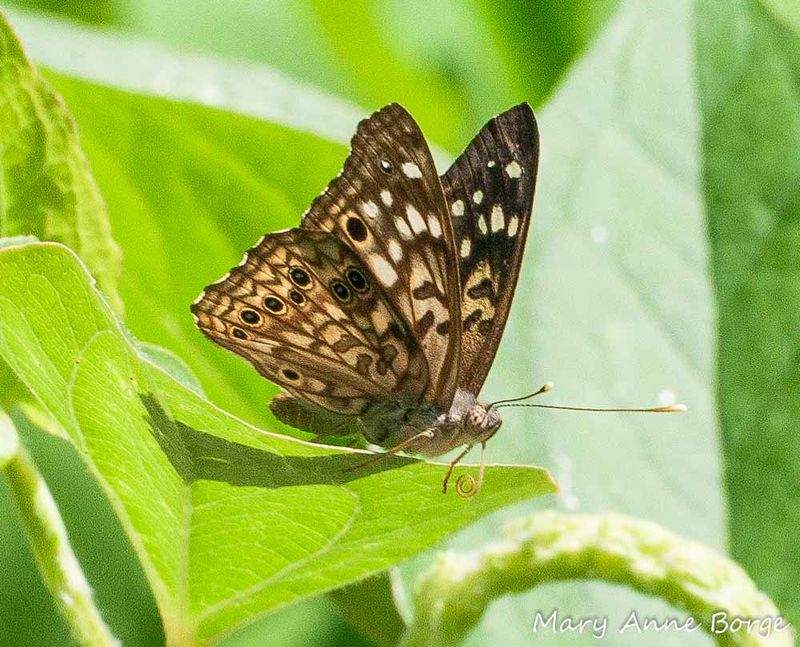
True to their name, these butterflies maintain a lifelong relationship with hackberry trees (genus Celtis). The entire lifecycle—from egg to caterpillar to chrysalis to adult—depends on these trees. Female Emperors lay eggs exclusively on hackberry leaves.
The caterpillars then munch happily on this foliage until ready to transform. Spotting these trees in your yard significantly increases your chances of encountering the butterfly!
8. Common In Southern And Central U.S.
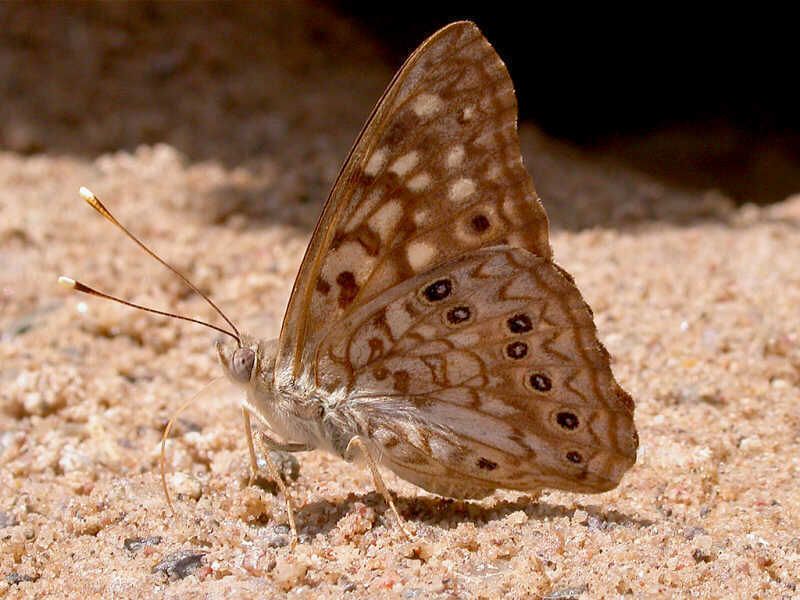
Geography provides another clue! Hackberry Emperors flourish throughout the eastern and southern United States, especially in states like Texas, Florida, and throughout the Mississippi Valley. They prefer open woodlands with scattered trees rather than dense forests.
Urban parks and leafy suburbs with mature trees make perfect habitats too. Their adaptability to human-altered landscapes means you might spot them even in city settings.
9. Prefers Resting On People, Not Flowers
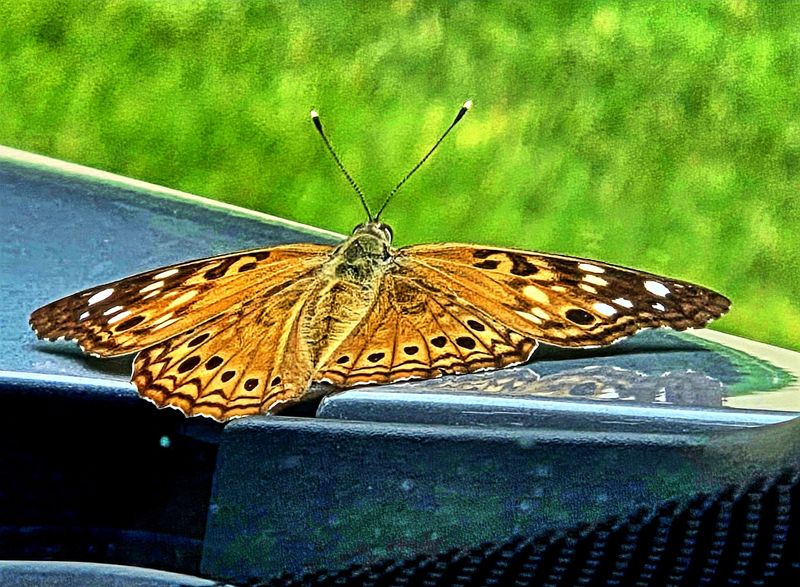
Surprisingly friendly for a butterfly, Hackberry Emperors often land directly on humans! This unusual behavior stems from their attraction to salt in sweat. While most butterflies shy away from people, these bold insects might perch on your arm, shoulder, or even head.
They’re particularly attracted to sweaty hikers on summer days. This curious trait makes them especially memorable to anyone lucky enough to experience their gentle landing.
10. Rarely Seen On Flowers Or Nectar Sources
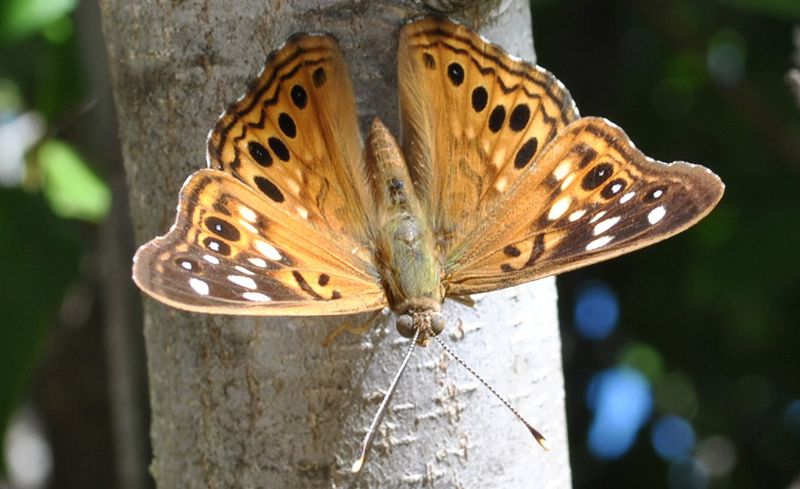
Unlike most butterflies that flit from flower to flower sipping nectar, Hackberry Emperors have unusual dining preferences. They’re attracted to rotting fruit, tree sap, animal dung, and even mud puddles! Scientists call this behavior “puddling”—where butterflies extract essential minerals from these sources.
If you spot butterflies gathered around a muddy spot or overripe fruit instead of your garden blooms, you might be watching Hackberry Emperors at mealtime.
11. Fast, Erratic Fliers
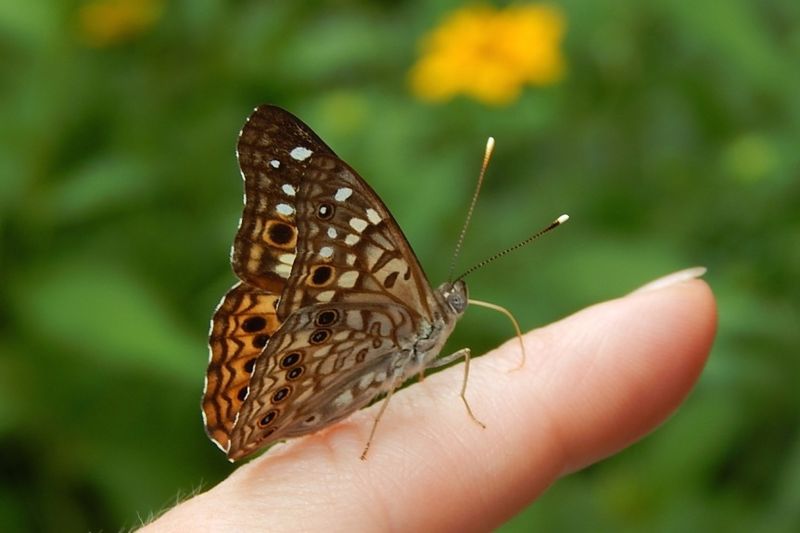
Watch for butterflies that zoom rather than float! Hackberry Emperors are speedsters with an unpredictable flight pattern that zigzags through open spaces and around trees.
Their rapid, darting movements distinguish them from the gentle floating of many other butterfly species. Males particularly demonstrate this energetic flight while patrolling territory. When they suddenly change direction mid-air, it’s like watching nature’s own aerial acrobatics show.
12. Males Are Territorial And Curious
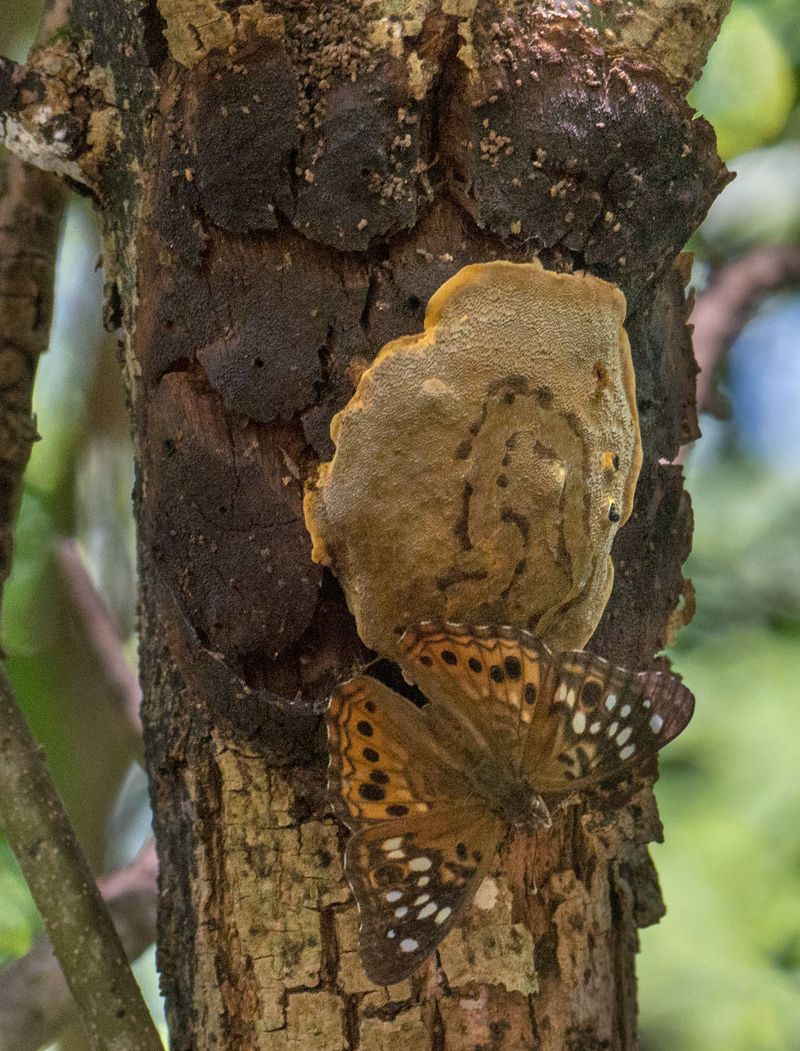
Male Hackberry Emperors act as tiny guardians of their chosen territory, often a sunny clearing near hackberry trees. Their boldness is legendary among butterfly enthusiasts!
They’ll investigate anything entering their domain—including humans. A male might repeatedly fly circles around you or even land on you to investigate. This territorial behavior peaks during mating season when they’re especially vigilant about potential rivals.

